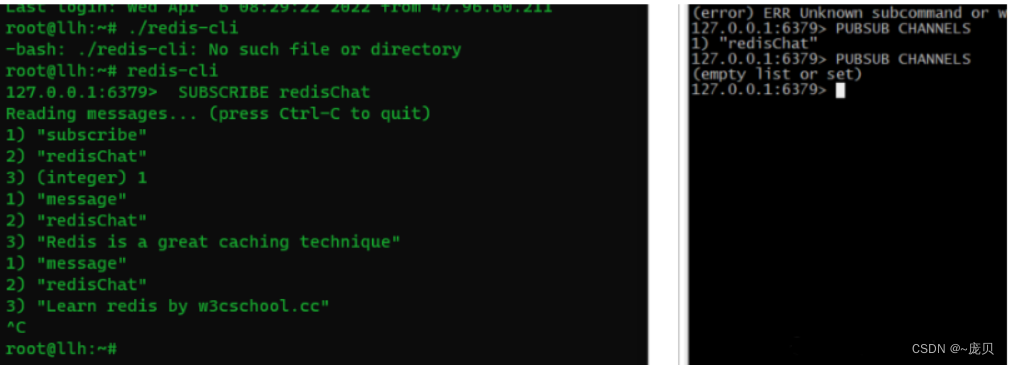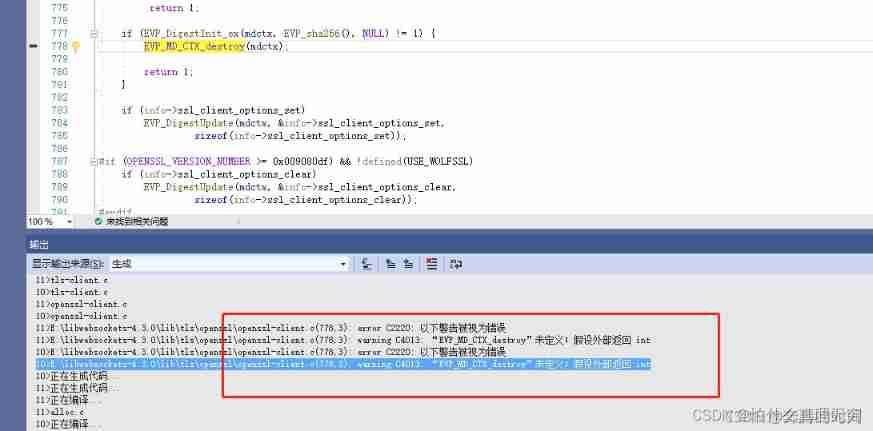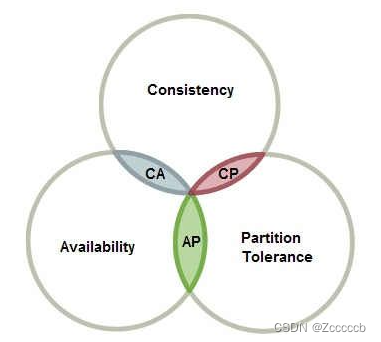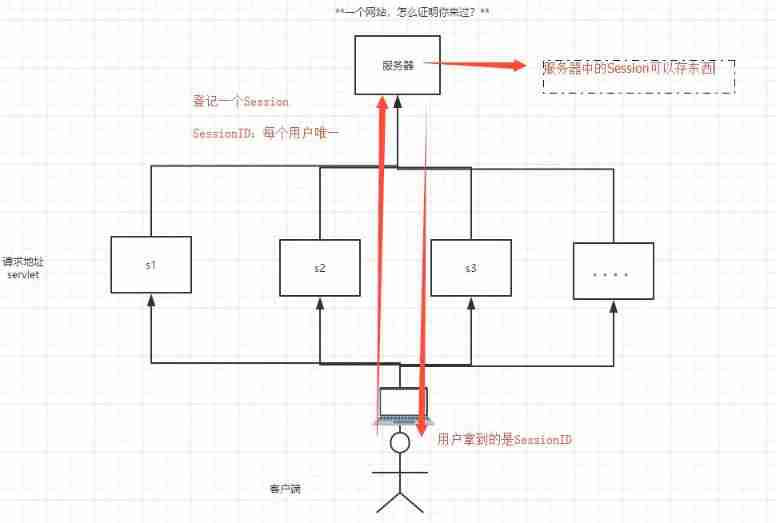当前位置:网站首页>Combined search /dfs solution - leetcode daily question - number of 1020 enclaves
Combined search /dfs solution - leetcode daily question - number of 1020 enclaves
2022-07-06 09:46:00 【C+++++++++++++++++++】
List of articles
Title Description

title
One 、 Take the boundary value as the object to search and solve
At the beginning, I soon thought of using more violent direct dfs Deep search , And then it's over time .
Pay attention to this question because 1 Whether it can be extended to the whole border is valid by judging from outside 1 So we need to be clever , It should be based on all boundaries 1 For the object, first put all that can be exceeded 1 I found out , Then the rest 1 That's the answer .
Two 、 And look up the set and merge + Whether the border attribute is updated
Create a query set , Use a one-dimensional array to store all the elements of a two-dimensional array , At the same time, a one-dimensional array is added to determine whether the boundary is contiguous , Every time merge During the operation, it is necessary to judge whether the merge operation and the border update should be performed at the same time .
First use and search set merge be-all 1, Then judge whether it is contiguous one by one .
Solution code
dfs Method :
class Solution {
public:
vector<vector<int>> dirs = {
{
-1, 0}, {
1, 0}, {
0, -1}, {
0, 1}};
int numEnclaves(vector<vector<int>>& grid) {
this->m = grid.size();
this->n = grid[0].size();
this->visited = vector<vector<bool>>(m, vector<bool>(n, false));
for (int i = 0; i < m; i++) {
dfs(grid, i, 0);
dfs(grid, i, n - 1);
}
for (int j = 1; j < n - 1; j++) {
dfs(grid, 0, j);
dfs(grid, m - 1, j);
}
int enclaves = 0;
for (int i = 1; i < m - 1; i++) {
for (int j = 1; j < n - 1; j++) {
if (grid[i][j] == 1 && !visited[i][j]) {
enclaves++;
}
}
}
return enclaves;
}
void dfs(const vector<vector<int>> & grid, int row, int col) {
if (row < 0 || row >= m || col < 0 || col >= n || grid[row][col] == 0 || visited[row][col]) {
return;
}
visited[row][col] = true;
for (auto & dir : dirs) {
dfs(grid, row + dir[0], col + dir[1]);
}
}
private:
int m, n;
vector<vector<bool>> visited;
};
And look up the collection method :
// This parallel search set is well written
class UnionFind {
public:
UnionFind(const vector<vector<int>> & grid) {
int m = grid.size(), n = grid[0].size();
this->parent = vector<int>(m * n); // The connection relationship between storage and collection
this->onEdge = vector<bool>(m * n, false);// The key to finding whether there is a boundary element
this->rank = vector<int>(m * n);
for (int i = 0; i < m; i++) {
// Update and search the set according to the transmitted two-dimensional array , Simultaneous updating onEdge The boundary element is true
for (int j = 0; j < n; j++) {
if (grid[i][j] == 1) {
int index = i * n + j;
parent[index] = index;
if (i == 0 || i == m - 1 || j == 0 || j == n - 1) {
onEdge[index] = true;
}
}
}
}
}
int find(int i) {
if (parent[i] != i) {
parent[i] = find(parent[i]);
}
return parent[i];
}
void uni(int x, int y) {
int rootx = find(x);
int rooty = find(y);
if (rootx != rooty) {
if (rank[rootx] > rank[rooty]) {
// Here, it is treated as rank optimization
parent[rooty] = rootx;
onEdge[rootx] = onEdge[rootx] | onEdge[rooty];// Each time the elements are merged, the relationship between this pile and the boundary is updated
} else if (rank[rootx] < rank[rooty]) {
parent[rootx] = rooty;
onEdge[rooty] = onEdge[rooty] | onEdge[rootx];
} else {
parent[rooty] = rootx;
onEdge[rootx] = onEdge[rootx] | onEdge[rooty];
rank[rootx]++;
}
}
}
bool isOnEdge(int i) {
return onEdge[find(i)];
}
private:
vector<int> parent; // And the necessary of search set
vector<bool> onEdge; // Judge whether it borders
vector<int> rank; // By rank
};
class Solution {
public:
int numEnclaves(vector<vector<int>>& grid) {
int m = grid.size(), n = grid[0].size();
UnionFind uf(grid);
// First of all 1 Connect , Then judge whether it borders
// Because the cycle is from top to bottom , From left to right , Therefore, the left and up directions do not need to be considered
for (int i = 0; i < m; i++) {
for (int j = 0; j < n; j++) {
if (grid[i][j] == 1) {
int index = i * n + j;
if (j + 1 < n && grid[i][j + 1] == 1) {
uf.uni(index, index + 1);
}
if (i + 1 < m && grid[i + 1][j] == 1) {
uf.uni(index, index + n);
}
}
}
}
// Judge this 1 Whether it borders the border
int enclaves = 0;
for (int i = 1; i < m - 1; i++) {
for (int j = 1; j < n - 1; j++) {
if (grid[i][j] == 1 && !uf.isOnEdge(i * n + j)) {
enclaves++;
}
}
}
return enclaves;
}
};
边栏推荐
- Why can't TN-C use 2p circuit breaker?
- tn-c为何不可用2p断路器?
- Why data Tiering
- Oom happened. Do you know the reason and how to solve it?
- MapReduce instance (VI): inverted index
- 068. Find the insertion position -- binary search
- 基于B/S的医院管理住院系统的研究与实现(附:源码 论文 sql文件)
- Summary of May training - from a Guang
- Vs All comments and uncomments
- Counter attack of noodles: redis asked 52 questions in a series, with detailed pictures and pictures. Now the interview is stable
猜你喜欢
[Yu Yue education] Wuhan University of science and technology securities investment reference

Teach you how to write the first MCU program hand in hand

Listen to my advice and learn according to this embedded curriculum content and curriculum system

Publish and subscribe to redis

51单片机进修的一些感悟

Programmation défensive en langage C dans le développement intégré

Compilation of libwebsocket

CAP理论

Une grande vague d'attaques à la source ouverte

Detailed explanation of cookies and sessions
随机推荐
软件负载均衡和硬件负载均衡的选择
MapReduce instance (VIII): Map end join
大学想要选择学习自动化专业,可以看什么书去提前了解?
Function description of shell command parser
Solve the problem of inconsistency between database field name and entity class attribute name (resultmap result set mapping)
tn-c为何不可用2p断路器?
Programmation défensive en langage C dans le développement intégré
为什么要数据分层
What you have to know about network IO model
Global and Chinese markets for hardware based encryption 2022-2028: Research Report on technology, participants, trends, market size and share
嵌入式开发中的防御性C语言编程
大学C语言入门到底怎么学才可以走捷径
Take you back to spark ecosystem!
O & M, let go of monitoring - let go of yourself
MapReduce instance (VI): inverted index
Release of the sample chapter of "uncover the secrets of asp.net core 6 framework" [200 pages /5 chapters]
068. Find the insertion position -- binary search
数据建模有哪些模型
MySQL数据库优化的几种方式(笔面试必问)
Detailed explanation of cookies and sessions
![[Yu Yue education] Wuhan University of science and technology securities investment reference](/img/4f/8e702cc244ec5d4de32740c0ecbd97)